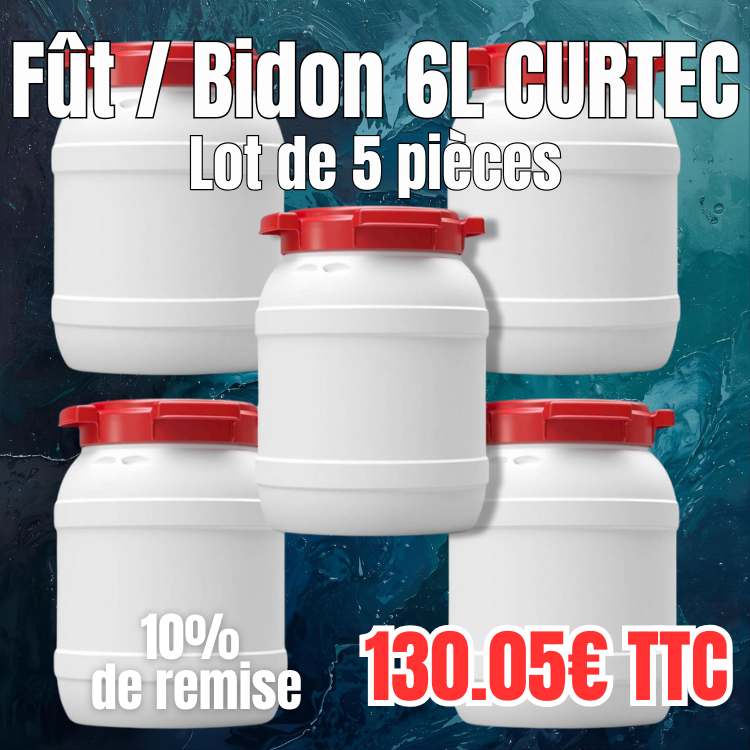
How to choose the right irrigation pump?
How to choose the right irrigation pump?
Determined to do your part to preserve our beautiful planet, you have decided to collect rainwater to water your garden. Congratulations, this is a great decision. Winter and spring have arrived and filled your water collector whether it is buried or above ground, and you are now ready to water. The last step is to pump the collected water to your garden hose. This is where the sprinkler pump comes in. How does it work? What do I need to know? We tell you everything in the following paragraphs.
The two main types of sprinkler pumps
The two main families of sprinkler pumps are surface pumps and submersible pumps. As their names suggest, they are distinguished by their location above or below the water, which itself derives from the location of your water tank. Is it a well, a tank, a pool, a pond, a cistern and are these placed at the same level as your garden, higher or lower and, in the case of a well or an underground tank, at what depth in the ground?
It is the answers to all these questions that determine whether you need a surface pump or a submersible pump. The number to remember: 8 meters. Before that, the surface pump is what you need. Beyond that, it is necessary to opt for a submersible pump.
Which surface pump to choose?
If it is the submersible pump that seems to be able to meet your needs, move on to the next paragraph without further delay.
If, on the other hand, with the help of the previous paragraph, you have opted for a surface pump, we can now go into some additional details.
The surface pump can indeed be self-priming, single-stage, or multicellular. Don't panic! It's not as complicated as it sounds.
The self-priming surface pump is reliable and simple to use since its priming and therefore its starting are facilitated. On the other hand, it requires a power source.
Single-stage or multi-stage when talking about pumps simply means single-turbine or multi-turbine. Of course, logically and as you guessed, a multicellular pump is more powerful than a single-cell pump.
Which submersible pump to choose?
Submersible pumps, on the other hand, are divided into two groups: lifting pumps and feed pumps. These are the latter that interest us for watering the garden, the first being rather reserved for floods and wastewater.
It is then necessary to distinguish between pumps for wells, pumps for rainwater collectors and pumps for ponds and rivers whose names speak for themselves.
Let's talk a little about food
As such, you may have a choice... Or not! Indeed, if the goal is to water the garden of your cottage removed away from everything and where you live in self-sufficiency, manual pumping is your only option. You can't do more ecological than that, but it's a solution that requires some physical form!
The most frequent power supply, when you do not live in a place too isolated, is of course electricity. We know the advantages and disadvantages which are, in the case of a pump, the same as for any other electrical appliance.
Then come the gas pumps that offer the characteristic of being more powerful and are therefore to be remembered for large surfaces.
And finally, there is solar which is ecological and economical, but which is not suitable for all regions and which can sometimes be a little capricious. However, it can be an interesting alternative or complement to manual pumping for places without electricity.
Time to choose
Having considered on the one hand the location and type of the source of the water to be pumped, and on the other hand the energy available near the surface to be watered, you have a slightly more precise idea of the watering pump to get you. There are, however, a few other features to consider.
Suction, discharge, flow, pressure, and particle size are the elements to measure and calculate to specify your choice of a sprinkler pump. These are terms that may seem a bit barbaric at first glance.
The calculation formulas that come with them can end up scaring you if you are not familiar with this type of machines.
Thus, to calculate the optimal suction height, it is necessary to know the distance between the location of the pump and the lowest point of the water tank whatever it is.
In addition, to know the right discharge height needed, it is the distance between the pump and the highest point of the surface to be watered that matters.
Pressure and flow are directly related to the two previous pieces of information.
Let's finish with the particle size that is directly interested in the quality of the water you pump. The presence of sand, dirt or perhaps even in some cases small pebbles may require the installation of a filter to avoid damaging your pump. It is therefore an essential fact.
To conclude
To summarize, the questions to ask yourself are the following, is the water to be pumped located deeper or shallower than 8 meters? Is there electricity or not near the area to be watered? Does the water come from a well, pond, rainwater collector or other source? Is the terrain flat or does it have elevation differences? Armed with the answers to these questions, the purchase of your sprinkler pump should be easy.
Share this content

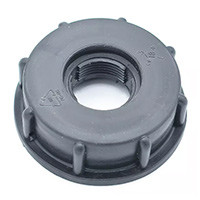
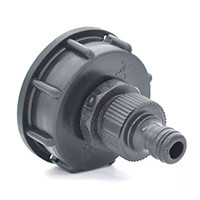

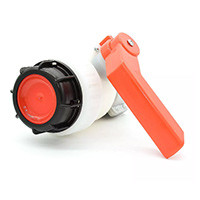

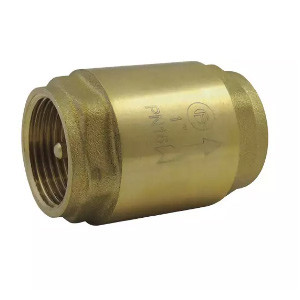
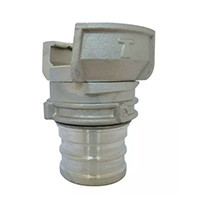
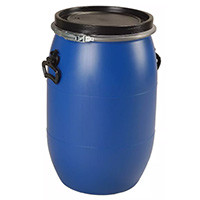
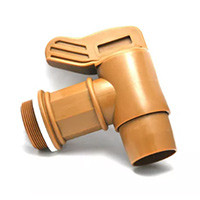
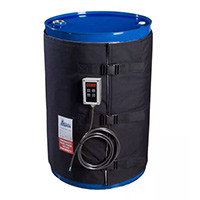
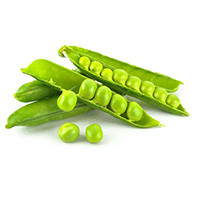

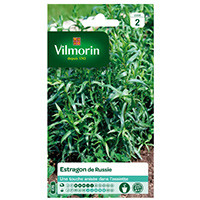

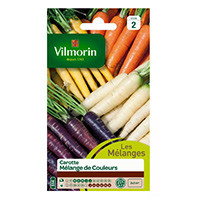



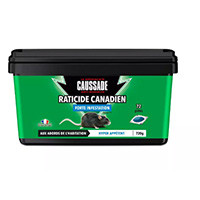
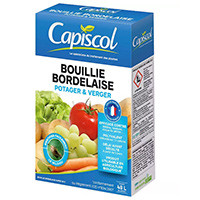
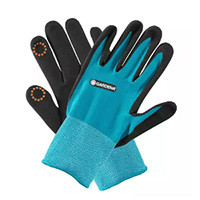
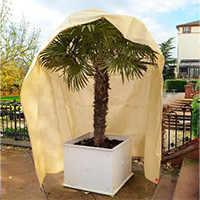
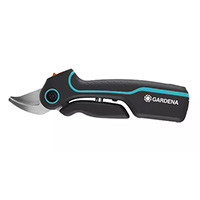

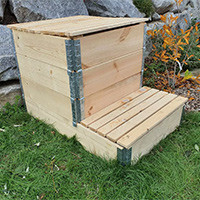
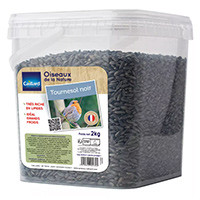
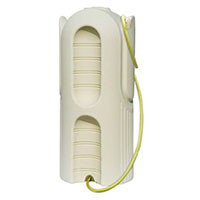
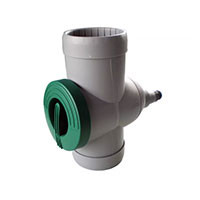
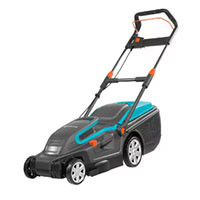
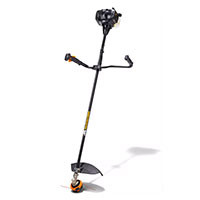
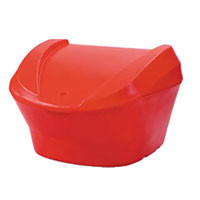
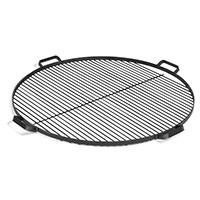
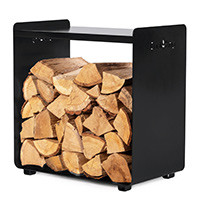
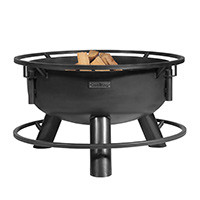
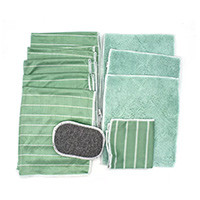
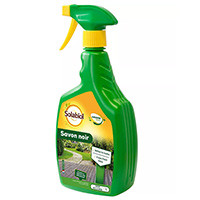

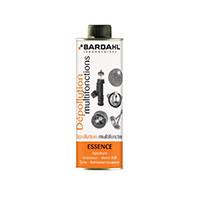
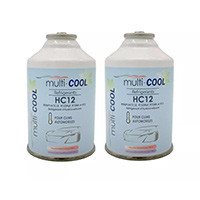
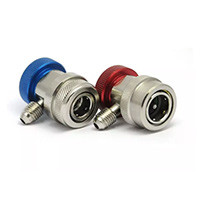

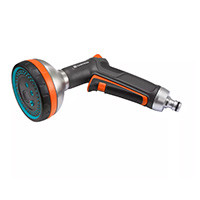
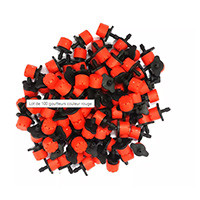

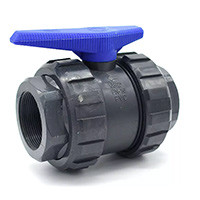
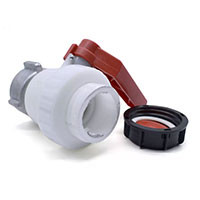
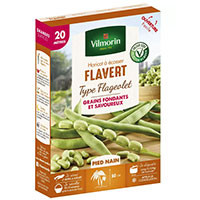
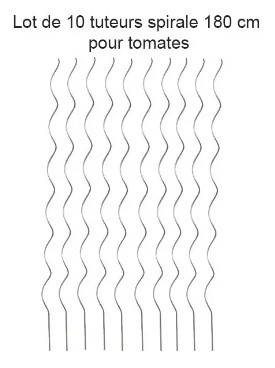
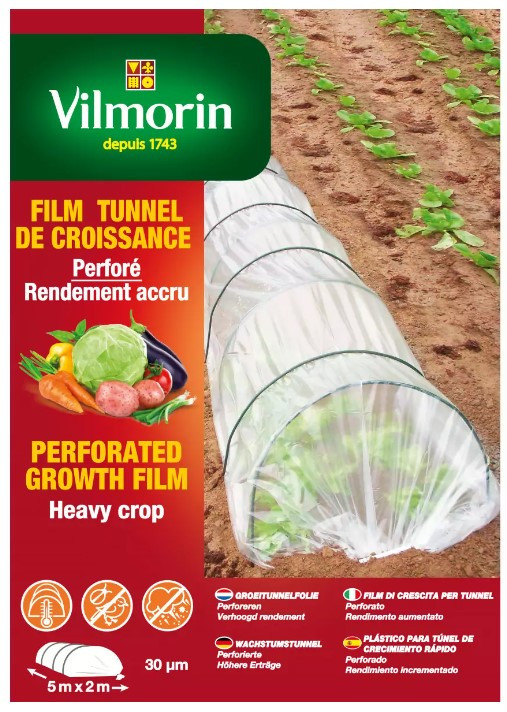
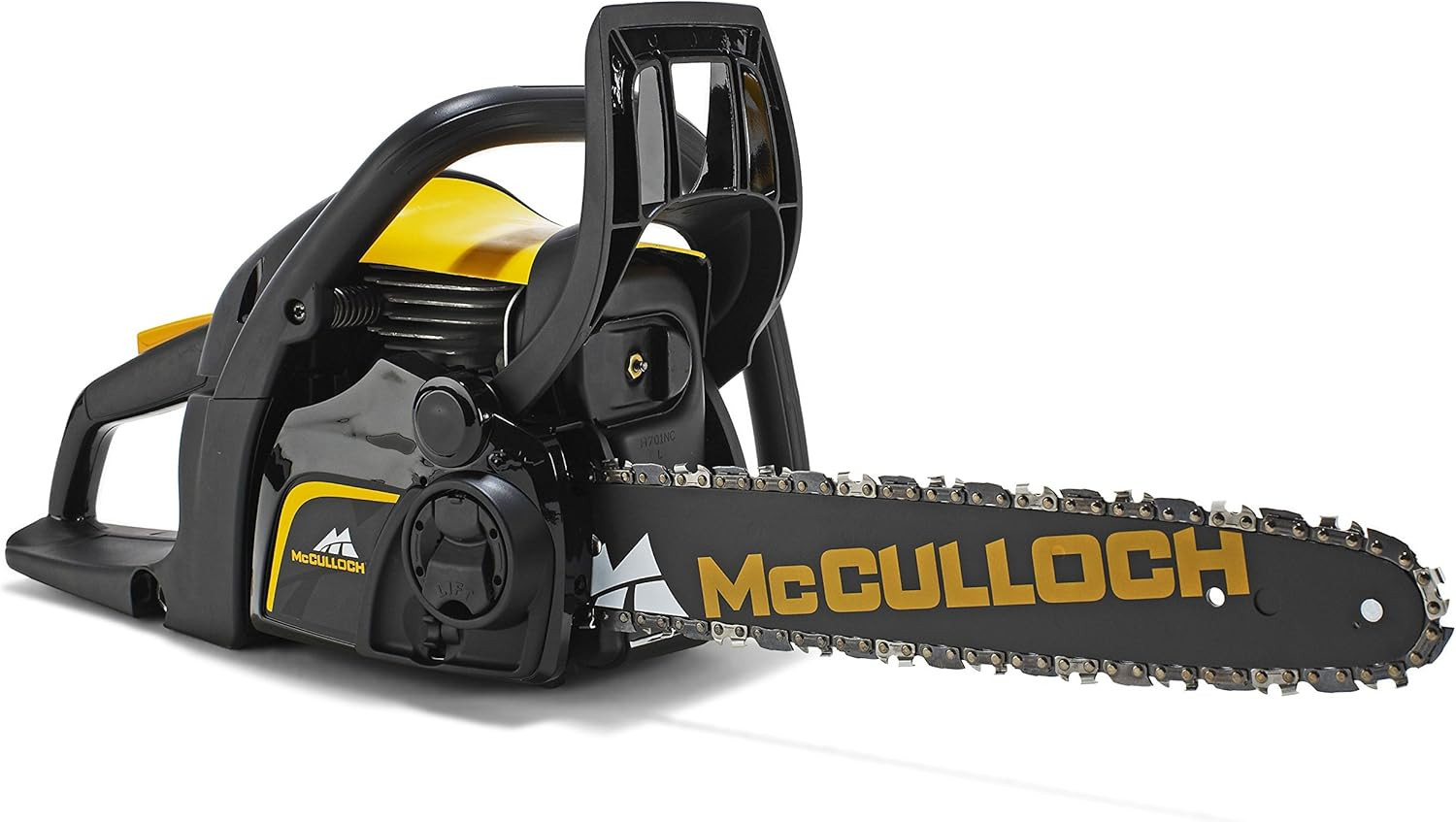
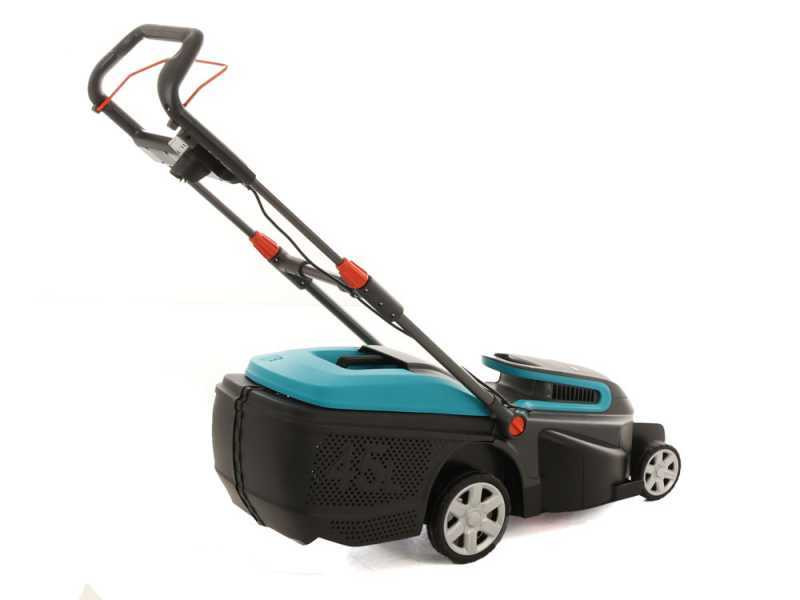

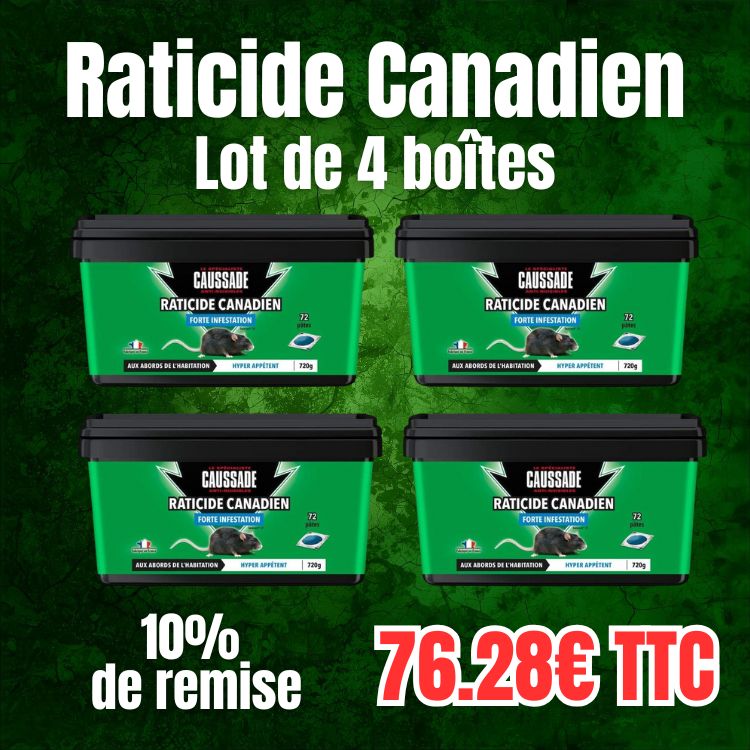

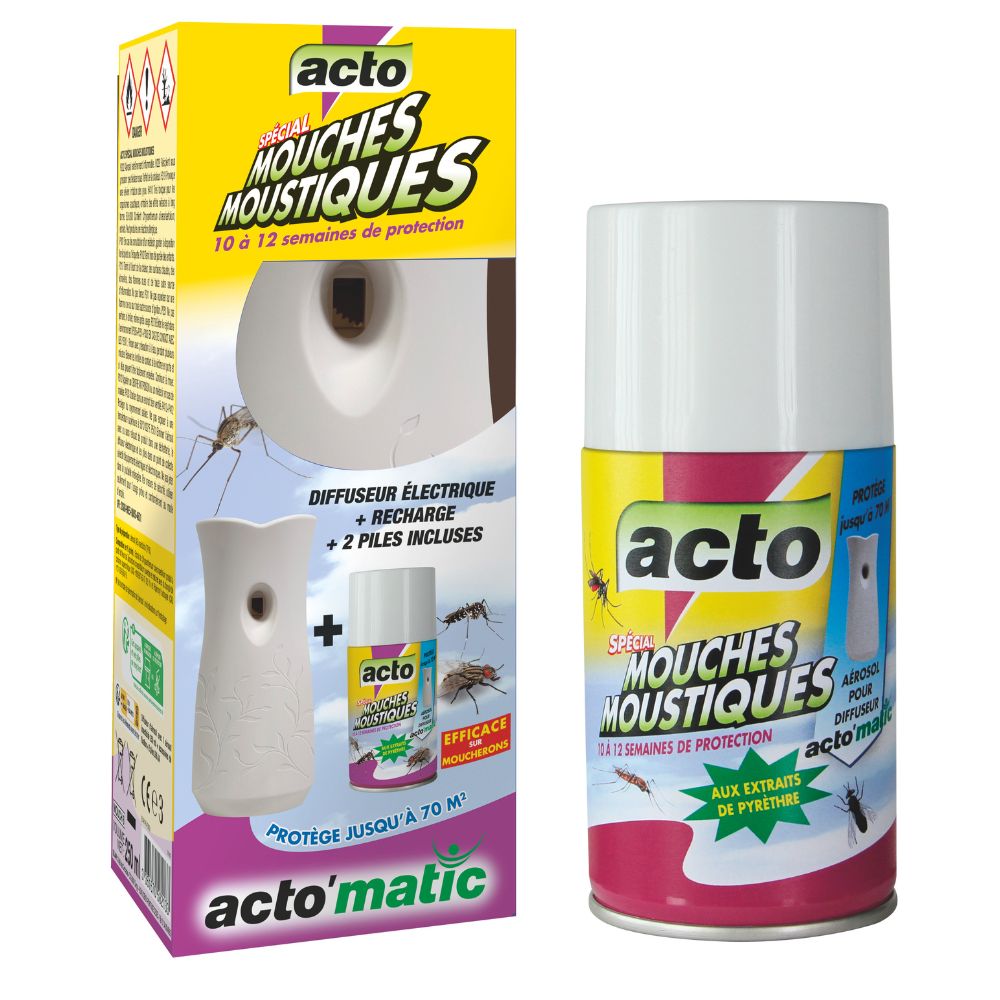
_688cc30f83e4e.jpg)
